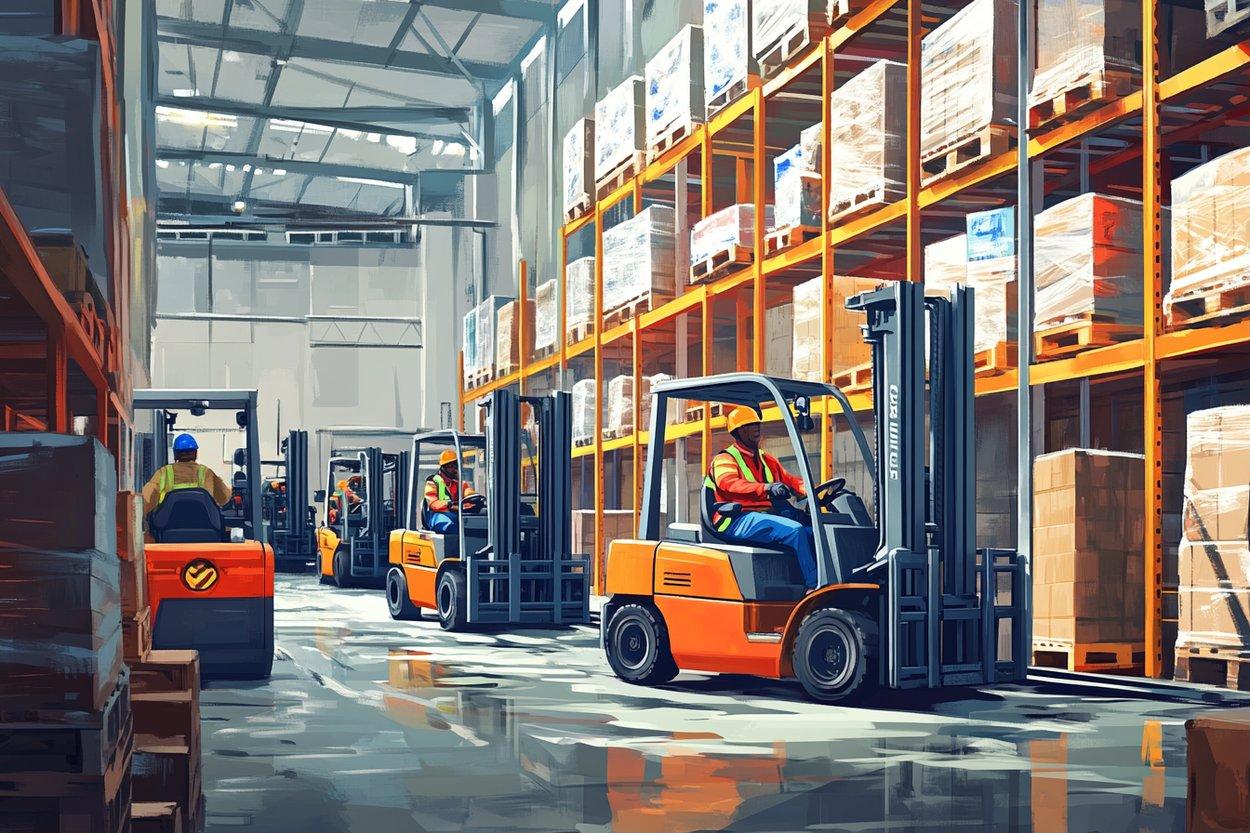The Fascinating World of Ant Farms: A Look into the Tiny Ecosystems
From the untrained eye, ants may seem like simple creatures. Yet, these tiny insects live in complex societies, mirroring the intricate workings of human civilizations. Enthusiasts have long been fascinated by this, leading to the popular hobby of ant farming. These mini ecosystems offer a unique lens to observe ant behavior in a controlled environment. This article delves into the captivating world of ant farms, tracing its history, current trends, and the growing interest in this niche sector.

A Glimpse into the Past: The Origins of Ant Farms
The concept of ant farms, or formicariums, dates back to 1900 when French entomologist Charles Janet designed the first prototype. However, it wasn’t until 1956 that ant farms gained popularity, thanks to the efforts of Milton Levine, known as “Uncle Milton.” His ant farm kits, equipped with a transparent habitat and a pack of live ants, became a widely loved educational toy and kick-started a global interest in ant farming.
Modern Ant Farming: A Shift towards Education and Conservation
Today, ant farming has evolved beyond a simple hobby. It serves as a valuable educational tool, offering insights into the social structure, communication methods, and survival tactics of ants. Some ant farms even mimic natural habitats to study the effects of environmental changes on ant colonies. Moreover, conservationists use ant farms to breed endangered ant species, contributing to biodiversity preservation.
The Market Impact of Ant Farming
With the surge in interest, the market for ant farms and related products has blossomed. A basic ant farm kit can range from $15 to $30, while advanced models with temperature control and humidity regulation can cost up to $200. The total market is estimated to be worth millions, with a steady growth rate predicted for the future.
The Science behind Ant Farms: Unraveling the Complexities
Ant farms offer a unique opportunity to study the intricate behaviors of ant colonies. Research has revealed fascinating aspects such as the division of labor, where ants have specific roles like workers, soldiers, and queens. Moreover, ants communicate using pheromones, a chemical language that dictates their actions and responses. These findings have greatly contributed to our understanding of insect societies.
The Future of Ant Farming: Harnessing the Power of Technology
Technology is revolutionizing ant farming, with the advent of digital ant farms. These high-tech habitats use sensors to monitor environmental conditions and even track individual ants, providing unprecedented data about their behavior. As the field continues to evolve, it’s clear that our fascination with these tiny creatures is far from over.
In conclusion, ant farming is much more than a childhood pastime; it’s a window into the complex world of ants. By nurturing these tiny ecosystems, we not only gain a deeper understanding of nature but also contribute to conservation efforts. With advancements in technology, the future of ant farming promises to be even more exciting and enlightening.




